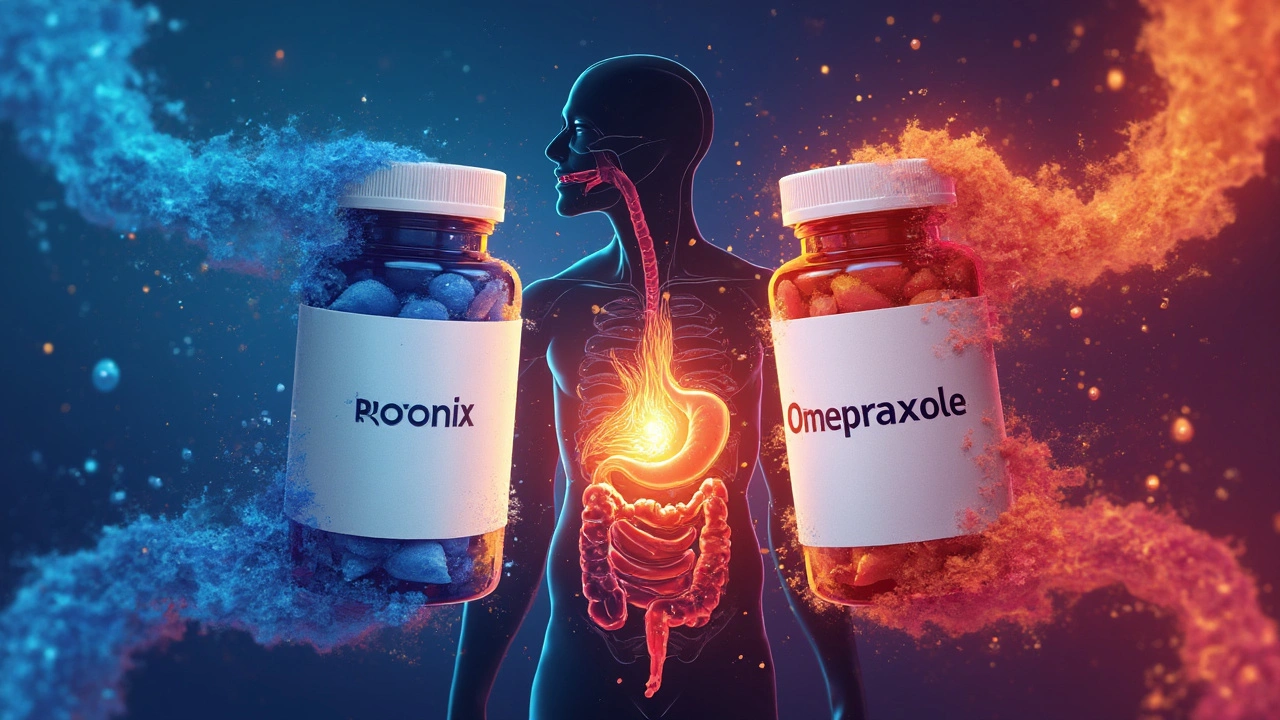Healing Rates Explained: How Fast Can Your Body Recover?
Ever wonder why a paper cut disappears in a day while a broken bone can take months? The speed at which your body repairs itself is called the healing rate. It’s not magic—it’s a mix of biology, lifestyle, and sometimes the meds or supplements you take.
First up, the type of tissue matters. Skin, muscle, bone, and nerves each have their own timeline. A superficial cut usually closes in 3‑7 days, while deeper muscle tears may need 2‑3 weeks. Bone is the slow‑poke: most fractures need 6‑12 weeks to form solid new bone, especially in older adults.
What Influences Your Healing Rate?
Age is a big player. Younger bodies pump out collagen and new cells faster, so kids heal like ninjas compared to seniors. Nutrition is next—protein, vitamin C, zinc, and iron are the building blocks for tissue repair. That’s why we often recommend kudzu or chicory root supplements on our site; they can support metabolic balance and gut health, which indirectly boost healing.
Blood flow is another critical factor. Good circulation brings oxygen and immune cells to the injury zone. If you’re a smoker or have diabetes, blood vessels might be clogged, slowing the rate dramatically. That’s why managing blood sugar and quitting smoking can shave weeks off recovery.
Medications matter too. Some drugs, like steroids or certain antibiotics, can impair the healing cascade. Others, like tamoxifen for breast cancer, have specific protocols that doctors watch closely because they can affect tissue regeneration.
Practical Tips to Speed Up Healing
1. Eat to repair: Aim for 1.2‑1.5 grams of protein per kilogram of body weight daily. Add foods rich in vitamin C (citrus, bell peppers) and zinc (pumpkin seeds, beef).
2. Stay hydrated: Water is the medium for nutrient transport. Dehydration can stall the inflammatory phase, which is the first step in healing.
3. Get moving—smartly: Gentle range‑of‑motion exercises boost circulation without over‑stress. Think light walking or prescribed physiotherapy stretches.
4. Protect the wound: Keep it clean, use proper dressings, and follow any doctor‑prescribed antibiotic regimen. For surgical sites, avoid heavy lifting for the recommended period.
5. Consider supportive supplements: Our articles on kudzu and chicory root explain dosage and safety. They can aid metabolic balance, which translates to better cellular repair.
6. Monitor and adjust: Track pain levels, swelling, and any signs of infection. If something feels off, call your healthcare provider early—addressing complications fast can prevent long‑term delays.
Remember, healing isn’t a race. Pushing too hard can cause re‑injury, sending you back to square one. Listen to your body, follow evidence‑based advice, and give each phase— inflammation, proliferation, remodeling—the time it deserves.
On Mauge Health Hub, you’ll find detailed guides on specific meds, supplements, and conditions that tie right into healing rates. Whether you’re curious about the best way to buy Ibuprofen online for pain relief or need a safe path to order Metronidazole, we’ve got you covered. Use those resources to make informed choices that support a quicker, smoother recovery.
Bottom line: your healing rate is shaped by age, nutrition, blood flow, meds, and how you care for the injury. By tweaking diet, staying active, and choosing the right products, you can give your body the edge it needs to bounce back faster.

